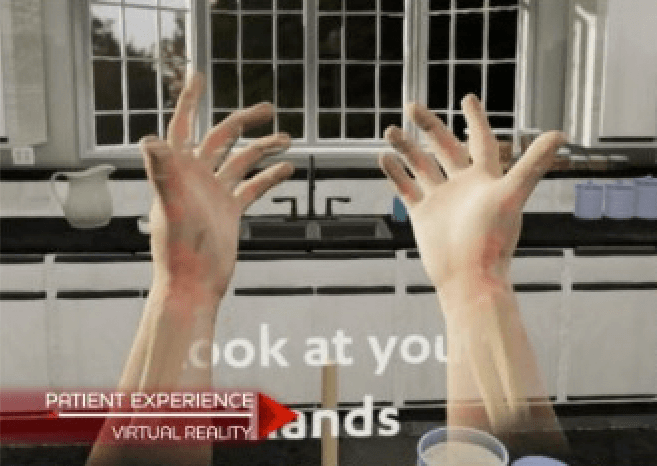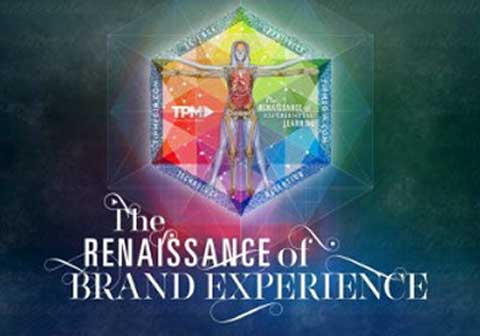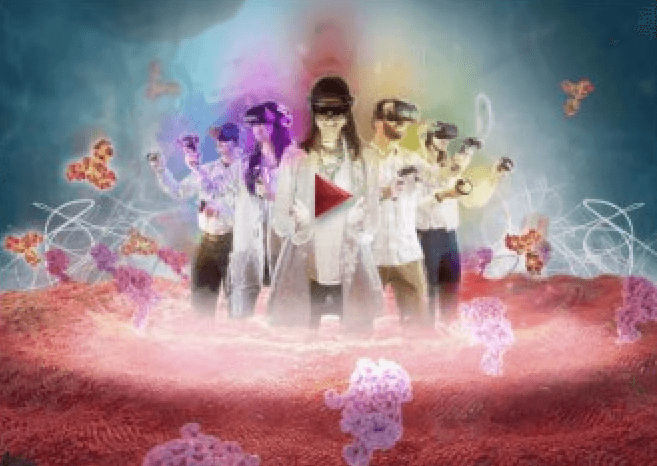
Medical Simulations
AR/VR/MR Medical Simulations
Our 3D simulations can recreate products, medical devices, disease states, and procedures in stunning accuracy and detail. Give your learners a hands-on experience with step-by-step guides that can cover anything from proper product protocol and troubleshooting to complete surgical procedures. Create training simulations for new users, retrain existing users for better outcomes, or expose potential new markets. Use cases also include how to perform maintenance on medical devices or as easy-to-carry marketing material for in-person or virtual demonstrations.
HOW IT WORKS
- We collaborate with you to strategize, collect data and design a feature set that will meet business objectives, find and fill learning gaps, and determine overall advancement goals.
- We partner with you to identify the best technology for your strategic goals and your end user.
- Our instructional designers and medical writers create a comprehensive outline, storyboard and/or product journey toward a targeted goal or needs gap.
- Our animators and programmers then model, build and optimize all necessary instruments and devices in a 3D virtualized environment. The environment can be an augmented space, an artistic creation, or an exact replica of a real-world environment.
- Our 3D medical animators detail the specific regional anatomy, illustrating the effects of diseases or the operational steps of devices and procedures on specific anatomical systems or biological functions.
SEE THE POTENTIAL
- Multisensory Learning. Combining visual (watching the procedure unfold), auditory (listening to spoken instruction), and kinesthetic (performing the procedure or using the device hands-on) elements creates an active multisensory learning experience that increases engagement and retention. Learners are left with a sense of having completed a procedure or used a device, rather than passively read about it or watched a video.
- Unique Perspectives. Medical simulations can journey inside the human body, such as the lumen of a colon or inside the chest cavity, to gain unique perspective on procedures, devices, and disease states not possible with other modalities.
- Virtual Training. A medical simulation can combat the issues that come with in-person training, giving your learners a way to gain the same “learn by doing” experience and presence in an easy-to-distribute form that can be accessed from a smartphone, VR headset, tablet, or desktop browser. Medical simulations can be used to train sales force teams in the field or teach medical device usage and procedures to HCPs. Simulation assets can also easily be reused for multiple use cases and audiences.
- Easy to Customize and Update. Simulations are easily customized to demonstrate a variety of situations, such as how to handle surgical procedures when presented with anatomical variants or pathology. Simulation suites are easy to expand. Expanded product suites can be built out over time to include new techniques, innovations, or devices as they are developed.

